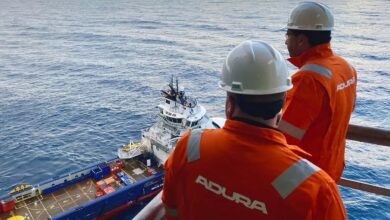New tool aims to streamline HSE standards, Ex/ATEX inspections

AG Consultancy has launched the first tool of its kind designed to overcome challenges posed by the implementation of global health and safety standards and Ex/ATEX inspections in the oil and gas industry and wider energy sector. North Sea operator Spirit Energy is the first to adopt the solution.
‘Smart Ex’ allows businesses to undertake Ex/ATEX inspections internally within SAP without the need for third-party products, which can lead to inefficiencies in managing multiple IT solutions. The fully integrated solution is an end-to-end tool that encompasses planning, execution and analysis and covers the full life cycle of Ex/ATEX inspections.
“’Smart Ex’ allows businesses access to mobile, real-time updates on a single system for more up to date insights for informed decision making by bringing together work management and inspection management needs, negating the need for two separate IT solutions,” said Deepal Ratnayaka, Director SAP Consultancy Services at AG Consultancy.
The software – which is designed to be regularly updated with artificial Intelligence and machine learning technologies – manages various types of inspections, including integrity inspections, compliance checks, tool calibrations and maintenance checklists.
It complies with safety standards IEC60079, NEC500/505 and ATEX and a digital auditing trail allows for full traceability of inspections.
Benefits include the reduction of manual and duplicate efforts in system updates, time savings for technicians, better insights to operation, a “single source of truth” and the demonstration of better compliance via audit trails and analytics.
“As Ex/ATEX Inspections are an important business process, critical to the safety of staff and ongoing operations, we believe this tool can be revolutionary for organizations that are currently grappling with how best to address the challenge with multiple IT systems,” Mr Ratnayaka said.




